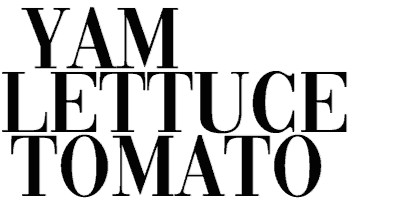[Today’s donation was made to Black Trans Advocacy. Click here to see my Pride & Joy Project 2020 Daily Donations List.]
I don’t know what it is with the 1920s fashion that fascinates me. The romper was created in the 1920s. Boys wore pink in the 1920s. Although, if you’re gay and or Jewish living in Germany, you may want to skip this era.
Tulle bitalli (“net with metal”) is an Egyptian textile art. There are references of embroidery with metal wireframing in the Bible, but this specific textile, also known as assuit, named after Assuit/Asyut, the Egyptian city that produces it) was first officially documented in the 19th century.
In the 19th century, Egypt to Europeans was like Hawaii to Americans, Hong Kong to Chinese Mainlanders, or Bali to Australians. These rich Europeans went to Egypt (and other African countries) to “experience culture.” One of the items they fell in love with was the assuit.
The first assuit shawls were made with leftover mosquito nets and Turkish metal embroidered in the netting.
All assuits are constructed with cotton net backing that looks like fishnet mesh. The older assuits (crafted in 1920s and 1930s) have mesh that was handwoven. The newer ones were sometimes woven by machines, although the metal embroidery itself is still done by hand.
Since silver would tarnish and stain the fabric and gold would be too expensive, an alloy is used. These alloy metal strips are threaded into the cotton mesh, flattened with fingers, and cut. When the shawl is finished, the metal thread would be stamped down and the fabric put under a roller to flatten the metal even further.
The embroidery elements vary from trees to people to animals (in Coptic Christian designs) to geometric images (in Muslim designs).
My love affair with this Egyptian textile art began a few years after I started belly dancing and discovered Rachel Brice and later FatChanceBellyDance. Tribal fusion and American Tribal Style belly dancers love wearing assuits because of their more earthy and folkloric look whilst being flashy at the same time (the metal embroidery gleams under the light, almost like sequins).

In popular culture, assuit has been sighted in various movies and TV shows that center in roaring twenties such as Downton Abbey, Miss Fisher’s Murder Mysteries (see photo above), and Shadow of the Vampire. In fact, if it’s a show set in the jazz age and it doesn’t have assuit, then I will turn up my nose and dismiss it as inauthentic.
In shows set in contemporary times, we can see the assuit worn by Tom Cruise in Rock of Ages and as a trim on Time’s (Sacha Baron Cohen) collar in Alice Through the Looking Glass.

Many celebrities have also worn the assuit from Barbra Streisand to Kate Moss to Lenny Kravitz.
Fashion houses have used assuit in their design as well, such as Etro (Ready-to-Wear Spring 2014) and John Galliano (Ready-to-Wear Spring/Summer 1998).
I purchased my first assuit back in 2011. Then as I had more money and became savvier, I found vintage assuit pieces that are somewhere between 90 and 100 years old.


This assuit I’m wearing looks like it was made in the 1930s. The cotton mesh is in sienna and it has chevron accent on the edges, and dense squares in the middle. The full shawl measures 90″ x 35″ and weights 3 pounds 9 oz. I’m wearing vintage Rajasthani silver jewelry, Tuareg sterling silver rings, and my antique Carol Felley ring. And nothing else.
Photography by Yuska Lutfi Tuanakotta.
Read more about assuit in this fascinating paper by Dr. Noha Fawzy Abdel Wahab, Lecturer at fashion department of The Higher Institute of Applied Arts
